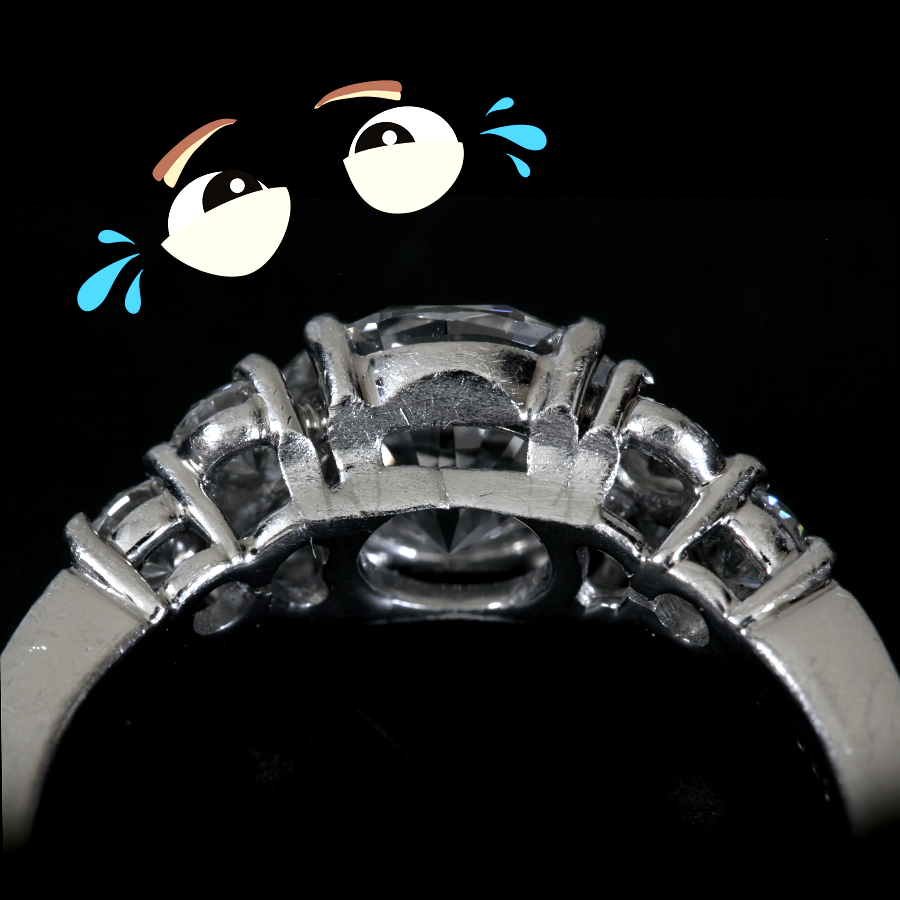It’s OK to wear a wedding band on any hand you like. Wearing a wedding and engagement ring together is not traditional. Americans wear their wedding bands on the left hand’s fourth finger, but people of different cultures often wear them on the right hand.
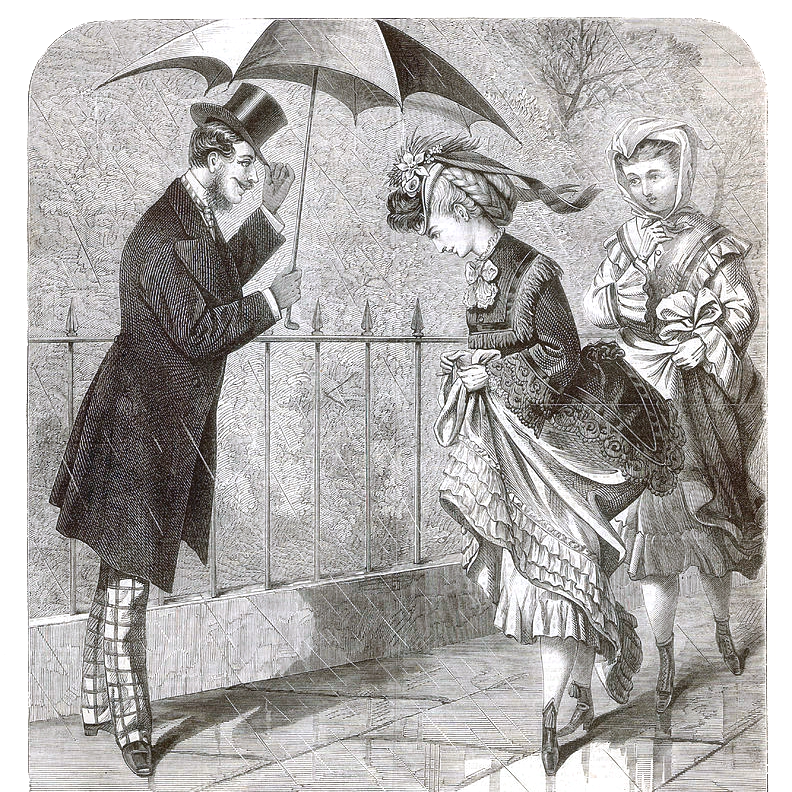
Right or left hand?
According to Western lore, the ring finger is the weakest and cannot be used independently and, therefore, the best finger for a wedding band. The belief has existed since at least the fifteenth century and is based on a mix of ethnic, cultural, and religious traditions.
Supposedly, archeologists discovered a seventh-century burial containing human remains with a gold ring resembling a wedding band on the left hand. This is the base of the modern belief that women should wear the band on the left hand’s fourth finger.
The practical reason for wearing an engagement ring on the left hand is that it keeps the ring out of harm’s way. Most people are right-handed and use their left hand less often. Unlike a thumb or an index finger, the ring finger is the least used and protected on both sides by the little and middle fingers.
Differences between two rings
An engagement ring (a betrothal ring) marks a person who is engaged to be married. Historically, the ring served as a token of financial commitment and a placeholder for virginity. An engagement ring is an essential element of the proposal, a cornerstone of a traditional marriage.
A wedding ring is a gold, platinum, or even silver band exchanged at the wedding ceremony as the official symbol of the union of marriage and worn from then on. A wedding ring doesn’t have a top or bottom, and its width and height are uniform, hence the term “band.” A diamond-encrusted eternity band is a recent invention made possible by a glut of small machine-cut diamonds. A wedding ring signifies eternal love, commitment, and happiness.
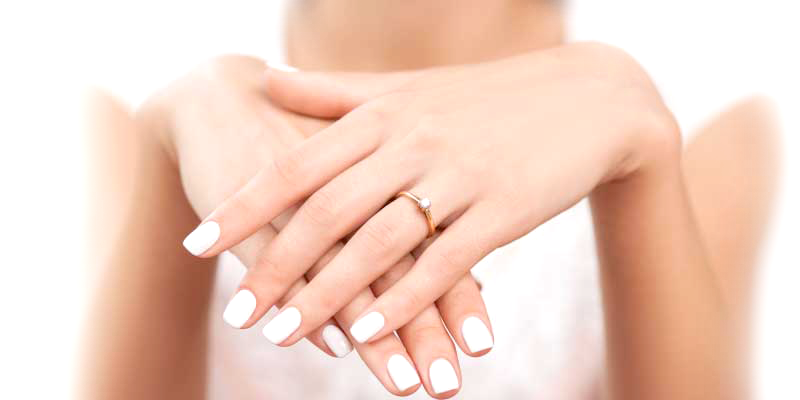
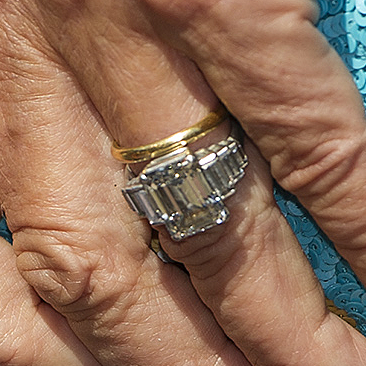
Case for wearing rings apart
Wearing a wedding band next to an engagement ring is a cause for concern and should be avoided. We advise wearing engagement and wedding rings on different hands to preserve their precious uniqueness and beauty. Of course, joining both rings for special occasions is OK, but continuous wear will inevitably wreck at least one.
The friction between two rings will cause damage, the extent and speed of which depends on the fit and how they stack against each other. The damage accelerates when the rings are too big for the finger and there is a lot of movement. A tight fit and carefully selected band style can mitigate and slow the process.
The damage occurs in several ways. A wedding band can chew through the engagement ring undercarriage, eventually carving itself a tunnel. After many years, it will look like it was made on purpose. In return, the engagement ring rips off the beads holding wedding band diamonds, causing them to fall out. Direct contact between diamonds causes the most extensive and usually irreparable damage. Diamonds-against-metal or metal-against-metal friction causes metal to wear off, weaken, and eventually break unless two rings are permanently welded or fused into a single ring with an off-center stone that looks crooked.
Why two rings?
Do we need to combine the engagement and wedding rings once married? A wedding band next to an engagement ring feels more like an unnecessary extension that steals attention away from it. In fact, with age, most people tend to wear a wedding band solo.
Traditional engagement rings typically have one dominant stone symbolizing purity, love, passion, and closeness between partners, standing alone or accented by smaller stones. An engagement ring is usually given as part of the proposal, or if not, at an early point in the engagement. Modern brides demand more say in the choice and design of the rings and are open to wearing one at a time.

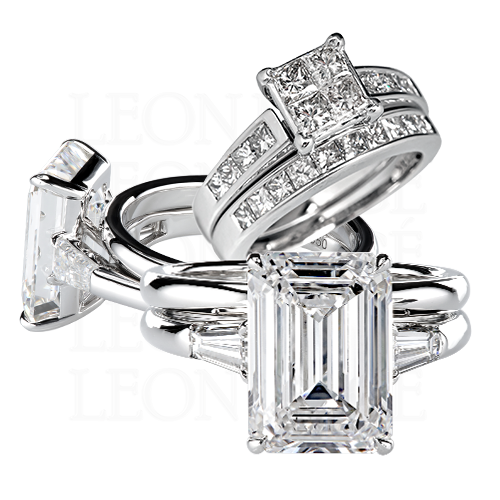
Questionable aesthetics
A wedding band sitting flush with an engagement ring is not recognized as a separate piece, defeating its primary purpose of a marriage symbol. A wedding band designed to fit flush is visually an inseparable part of the engagement ring. It makes the engagement ring look thick and lopsided.
Wearing a band that curves around an engagement ring seems convenient, but it isn’t. Firstly, a curved wedding band looks silly without the engagement ring next to it. Secondly, the addition severely compromises the elegance of a fine engagement ring. The curved border looks awkward and forced, like a car with a mattress tied to its roof.
Even a traditional eternity band can affect the appearance of the center stone. A stone looks smaller next to a large wedding band. We recommend a thin wedding band set low to the finger for most people who refuse to separate the two rings. For pave-set bands, bright-cut pave edges provide additional protection for the stones. Wearing a wedding band and an engagement ring together is not a symbol of everlasting matrimony but a recipe for disaster. Wear each ring on a different hand so they last an eternity.
Beware of the sales pitch
Wearing both rings next to each other is often explained as “tradition.” In reality, it is a clever marketing ploy by jewelers to sell more rings. Retailers stand to benefit from wear and tear inflicted by this custom. They argue that rings have to match, making consumers wary of getting wedding bands from competitors unable to match them exactly.
An exact twin of the engagement ring is a popular but uninspired choice. It is usually too dainty and insignificant to be worn by itself. The excessive wear and tear both rings inflict on each other works to the jewelers’ advantage. The friction causes the rings to wear each other out, leading to costly repairs, insurance claims, and more sales.

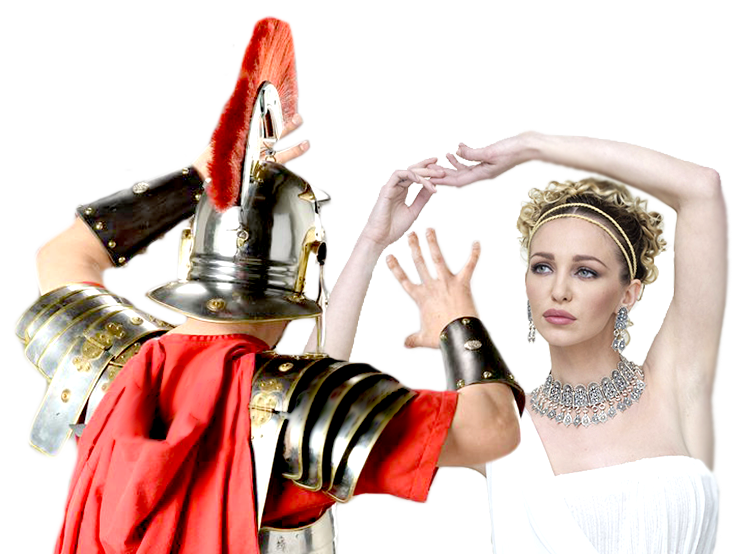
Ring placement history
Historically women wore wedding bands to show subjugation to their husbands. The Ancient Greeks were known to exchange rings as tokens of love and affection. The Romans turned it into a full-blown betrothal tradition. Placing the wedding ring on the fourth finger of the left hand originated with a romantic but mildly idiotic theory that a secret nerve or vein connects the finger directly to the heart.
A Roman grammarian and philosopher, Ambrosius Theodosius Macrobius, got the idea from an unnamed Egyptian priest who insisted that the fourth finger is the most protected. How and where he used his fingers is lost to history. Macrobius went on to promote this “scientific fact” in the social media of the time: the public baths and bathrooms.
Pliny the Elder quotes: “It was the custom to wear rings only on the finger next to the little finger. You saw the statues of Numa and Servius Tullius, didn’t you? Later it became usual to put rings on the finger next to the thumb and even a little finger. Barbarian Gauls and Britons use the middle finger for this purpose. However, in Rome middle finger is the only one excluded. All other fingers are loaded with rings, smaller rings even being separately adapted for the smaller joints of the fingers.”
The prevailing Western custom of wearing the wedding band on the left hand’s fourth finger has existed since the fifteenth century. Isadore of Seville, writing in the early part of the seventh century, declared the fourth finger best suited for a betrothal ring. The Roman Empire likely followed this tradition to its end. The rules governing which side of the body is better suited for engagement and wedding rings have changed many times since Rome fell. Between the 11th and 15th centuries, French ecclesiastical rules placed the nuptial ring on the bride’s right middle finger, except in the rebellious diocese of Liège, which bravely used the fourth finger.
Teenage King Edward VI of England had decreed that the left hand’s third finger should be the ring finger. Luckily, he died from a lung infection at fifteen before making up more ridiculous rules. So until the Reformation, the ring sat on the left hand’s third finger. The 1549 edition of the Book of Common Prayer brought dramatic changes. It required all Protestants to wear the wedding ring on their left hand. These Catholics stuck with the ring on the right hand.
The hippies of the Italian Renaissance hung betrothal rings from necklaces or thin cords and even wore them on hats. The 1493 marriage of Pope Alexander VI’s illegitimate 13-year-old daughter Lucrezia Borgia to Giovanni Sforza was well recorded. The record specified that twin gold rings were set with precious stones and placed on the fourth finger of the left hand, “whose vein leads to the heart.” Apparently, the vein was blocked soon after that because they were divorced in just a few years. Giovanni signed a paper attesting to his impotence, a small price for freedom.
It was not unusual to wear the wedding ring on the thumb during the reign of George I of England (a German who could not speak a word of English), perhaps because enormously big rings were in fashion at the time. A ring was placed on the right hand’s fourth finger during the marriage ceremony. There were exceptions, such as noblemen entering morganatic marriage (marriage between a high noble and a crappy noble or, God forbid, a non-noble) would present his left hand to receive the ring, as in a “left-handed marriage.”
According to Chinese tradition, engagement rings are worn on the middle finger, while wedding rings are worn on opposite hands by the bride and the groom. The bride wears a band on her right hand, while the groom wears his on the left. The Chinese believe that a woman is in charge of the household, so her ring should be on her right hand. The right hand exerts influence according to the custom of “nan zhuo, nu you,” male left, female right.
In ancient Chinese philosophy:
- The thumb represents the parents
- The index finger represents siblings
- The middle finger represents yourself
- The ring finger represents a life partner
- The little finger represents children
With your hands closed and all your fingertips touching, fold your middle fingers since they represent yourself. You can open your thumbs: your parents will not live with you forever. You can open your index fingers: your siblings will leave you to have their own life and family. You can also move your little fingers: your children will settle with their families. But it is impossible to separate the ring fingers because, as husband and wife, you are destined to be together forever.
In the words of Confucius, “It is harder to wiggle out of marriage than wander into it.” 摆脱婚姻比徘徊更难
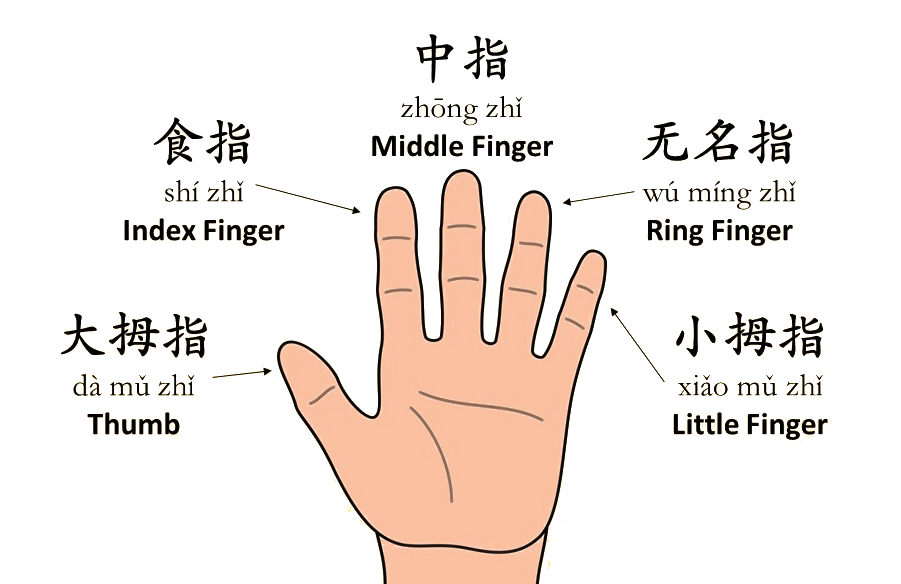
"Right-handed" countries
A wedding band is generally worn on the left hand in the United States, United Kingdom, Ireland, Canada, Australia, Mexico, Brazil, Iran, Chile, Italy, France, Sweden, Slovenia, and other Commonwealth nations. Germany, Greece, Russia, Spain, India, Colombia, Venezuela, and Poland are the right-hand countries.
Orthodox Christians and Eastern Europeans wear the wedding band on the right hand. In Belgium, the choice of hand depends on the region of the country. In the Netherlands, Catholics wear the wedding ring on the left hand, all others on the right. In Austria, Catholics grace the right hand, but Old Catholics stubbornly use the left hand.
Jewish couples wear the wedding ring on the left hand, even though it is worn on the right hand during the marriage ceremony. Muslims adopted the tradition of wearing wedding rings from the West. While Muslims usually wear the wedding ring on the right hand, there is no set rule or customs. Male Muslims are allowed to wear a ring made from any material except gold. Platinum rings are allowed. In Scandinavia, a jeweler’s dreamland, women wear three rings: one for engagement, the second for wedding vows, and the third for motherhood.


Stacking bands
Stacking two or more bands on the same finger is a popular trend. The bands don’t have to be similar; in fact, mixing different styles looks very attractive. You can also stack bands of different metals or with different gemstones. Stacking bands are usually fair well, as long as they are similar in height. Any scratches from wear can be polished off, except any decorative engraving on the outside walls that might get burned and disappear.
The "Promise" ring
An engagement ring announces to the world the intent to marry. On the contrary, a promise ring has a secret meaning known only to those who exchange it.
Promise rings evolved from medieval “posy rings” inscribed with excerpts from love poems and exchanged between lovers. Promise rings went out of fashion, but some are occasionally gifted by love-stricken adolescents who are not yet ready for a serious commitment. What is promised is not specified but assumed to be sexual exclusivity. The promise ring can be placed on any finger, but most often is worn on the ring finger.
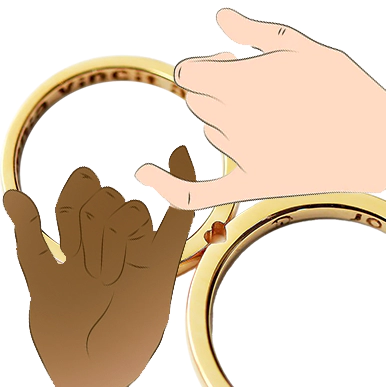

Ring protection
Engagement ring styles have evolved significantly from the past. Contemporary bridal rings are lighter, more delicate, and often set with many small stones called pave. Use extra care during the wear to avoid bumping your precious rings into hard surfaces.
Regularly clean the rings by gently brushing them in soupy lukewarm water.
Visit your jeweler at least once a year to clean, dry, and check for loose stones using professional equipment. By minimizing direct contact between engagement and wedding rings, you can avoid irreversible damage caused by friction.
Minimizing friction
Would the people in the cheaper seats clap your hands? And the rest of you just rattle your jewelry.
John Lennon at 1963 The Royal Variety Performance
There is no ideal solution to the problem, but there are a few possible compromises:
- Welding both rings together. The Frankenring does eliminate friction but makes the ring less elegant. To soften the aesthetic blow, separate two rings with a small gap (about 0.3 mm wide). The rings are connected with tiny, nearly invisible pins but appear independent.
- Curving the wedding band around the engagement ring. Move your melting clocks, Salvador Dali, for here comes “the melting ring.” The so-called “shadow bands” can be hard to find at high-end jewelers, but plenty are sold on the far side of the shopping mall. Look for a small store right between “Jack’s Closeouts” and “Going Out of Business” outlets.
- Using a spacer. A spacer can be a thin metal band between the engagement ring and the wedding band. Also, a spacer can fit the engagement ring precisely in a lock-and-key fashion while its other side is straight.
- Placing the setting on the top of the shank instead of fitting into it. That raises the center stone and eliminates the gallery.
- Adding tongue and groove connections, which are essentially small hooks to lock both rings and prevent them from grinding each other.

